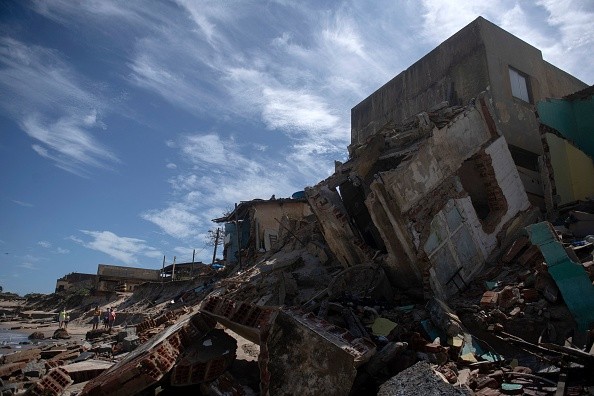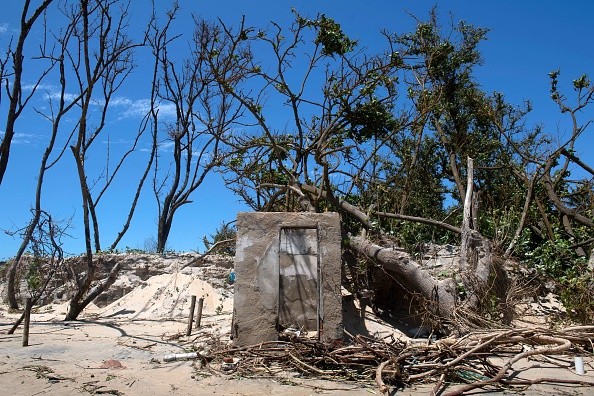The Brazilian resort town of Atafona has become an apocalyptic landscape due to the rising sea.

Impacts of Rising Sea Level
In this small village north of Rio de Janeiro, the Southern Ocean stretches an average of six meters (almost 20 feet) per year. The village has long been vulnerable to extreme erosion which was worsened by climate change.
More than 500 houses have already been inundated by the sea, turning the once beautiful shoreline into an underwater graveyard of ruined buildings, according to Phys.org.
In the mangled remains of what was once his neighbors' home, Joao Waked Peixoto examines what is left: a blue-painted room littered with torn magazines, a bicycle and other mementos of days gone by.
In the course of 15 days, the sea rose by three or four meters. It's possible that the walls of their home won't be up until next week.
The house was built by Waked Peixoto's grandfather as a beachfront getaway with spacious rooms and a garden. Family members of Waked Peixoto and his wife moved in during the coronavirus pandemic.
However, it now appears that the house is will certainly be engulfed by the ocean.
"It will be a shame to lose this house, because it holds so many memories of my whole family," he says.
Extreme Erosion in Atafona
The 6,000-person village of Atafona has long been plagued by severe erosion. 4% of the world's coastlines lose five meters or more each year, and this one is no exception.
According to Fluminense Federal University geologist Eduardo Bulhoes, the problem is being exacerbated by rising sea levels and more intense currents and weather patterns caused by global warming. Despite this, he believes Atafona has been suffering from a "chronic condition" for years.
The mining, agriculture, and other activities that drain it upstream have caused the Paraiba do Sul River, which has its mouth in Atafona, to shrink. According to Bulhoes, the river's volume has been dramatically reduced over the past 40 years, which means less sand being transported to Atafona.
Beaches in the town have stopped naturally renewing because of the lack of sand, and the sea has gained ground as a result. The destruction of sand dunes and vegetation, the natural defenses of the beaches, has only made the problem worse.
The tourism and fishing businesses have suffered as a result.

Efforts to Curb Erosion
Dikes to limit the impact of ocean waves and sand from the delta of a nearby river have been explored by local officials as possible solutions to the erosion problem, as per Eagle News.
The geologist Bulhoes came up with the latter idea, which is based on comparable efforts in the Netherlands, Spain, and the US.
However, the plans are still merely on paper. Environmental officials must first approve any idea, according to county under-secretary Alex Ramos, who told AFP that no one had yet come up with a definitive solution.
A social support program for families who have lost their homes due to erosion has been implemented by the county in the meantime, and it provides 1,200 reals ($230) per month.
"We keep hearing promises," says Veronica Vieira, head of neighborhood association SOS Atafona. "But this town has been abandoned. It's an apocalypse. It makes you want to cry."
For more news, updates about sea level rise and similar topics don't forget to follow Nature World News!
© 2025 NatureWorldNews.com All rights reserved. Do not reproduce without permission.





